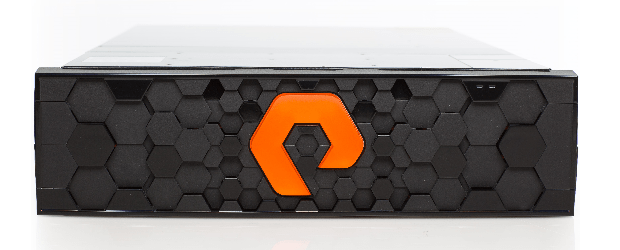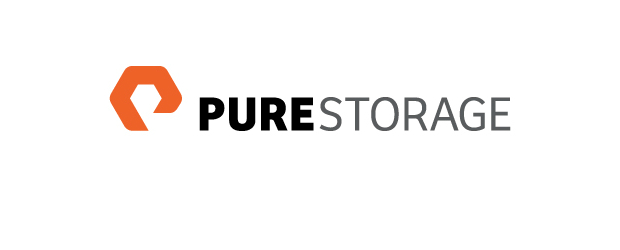SAN FRANCISCO – Big data – or to be precise – the proliferation of data in the world today may reach a crisis point come 2020 because of the lack of WAN bandwidth capacity.
Pure Storage CEO Scott Dietzen opened his Accelerate Conference Keynote with this stat:
“By 2020 the amount of data created will be more than 50 zettabytes.”
The problem, as Dietzen sees it, is the data would be sent automatically to the cloud, but the cost of wide area bandwidth is more than most IT budgets can handle. Also, the physical aspect of WAN is not keeping up with data growth because the capacity of the Internet would only be 2.5 zettabytes.
“In 2020 big data will be 20 times bigger than the Internet. Where is it all going to be stored? I think close to where it is generated or on the device on the edge,” Dietzen added.
Pure has put more thought into this situation by conducting its own research through Evolution.
The Evolution study focused on Artificial Intelligence (AI), Internet of Things (IoT) and machine learning technologies. The Evolution study surveyed IT executives from more than 9,000 businesses spanning 24 couhtries.
What Evolution found was 47 per cent on average had digital transformation solutions winning the day. What the study also found was infrastructure capabilities lacking and becoming a barrier to organizations becoming fully digital. On average, businesses are running 41 per cent of applications with traditional on-premises IT – higher than both public cloud (26 per cent) and private cloud (24 per cent).
No surprise that public cloud is poised to grow in the next 18-24 months (61 per cent say their use will increase).
Dietzen went on to say that he has seen 40 per cent of North American organizations moving some workloads back to on-premise systems from the public cloud mostly because of cost but also because of inflexibility.
CDN asked Dietzen directly if this situation could produce a similar situation to Y2K with the year 2020 becoming a defacto deadline.
This is what Dietzen said:
“There is a great shortage of WAN bandwidth on the Internet to accommodate all this new data. Not a crisis situation but it’s going to be a great reach to capture all this data. I believe that data will be held close to where it is generated. There are substantial ramifications on data centres. The term data gravity will become important as big data storage gets closer to where it is generated. Outside of loading data onto trucks, we do not have a way to move this much data to the public cloud.”
Dietzen believes this is a big opportunity for channel partners to sell cloud on the industrial edge and enable enterprises to process data between the edge of the data centre and the public cloud or both.
Pure Storage founder and CTO John Colgrove also told CDN networking vendors are also looking at this. The dilemma is if you have a thousand-people watching the same movie on Netflix via the cloud that content is pushed through on the edge to your home device. That is not the same as 1,000 HD cameras uploading data because that data must go up 1,000 times; it’s not 1,000 copies of the same thing like on Netflix.
“This mix and matching is happening now and growing. The imbalance is going to continue to grow faster than the bandwidth,” Colgrove said.
Also, there could be regional differences. Chris Carbone, executive vice president and co-founder of CDN Top 100 Solution Provider Mindful Experience, said the Internet in Canada would have the physical capability to handle all that big data, however certain smaller countries such as Bermuda with one local provider may not.
Carbone did agree with Dietzen that cost is another issue.





